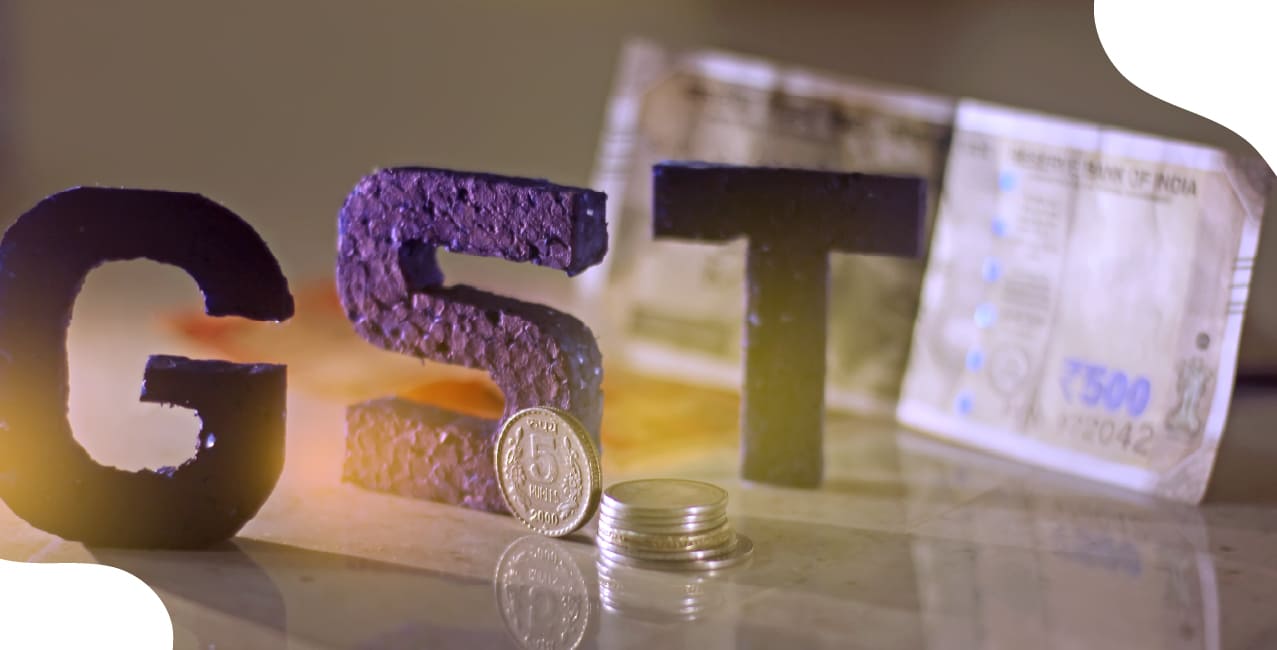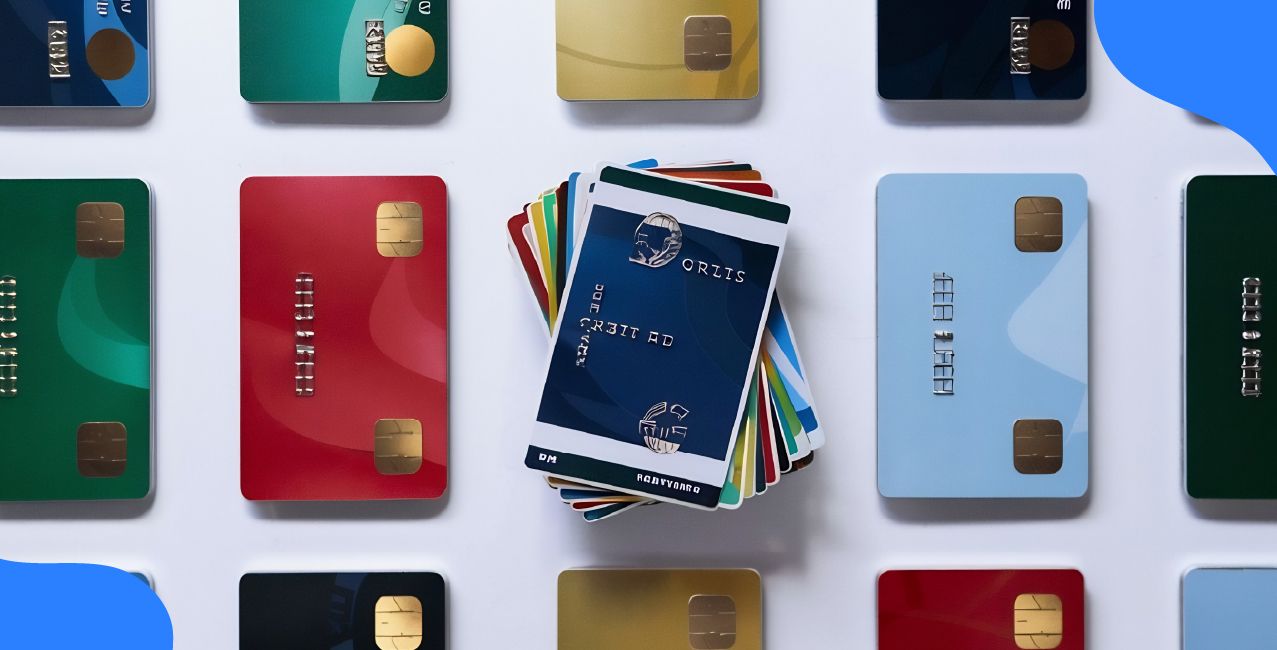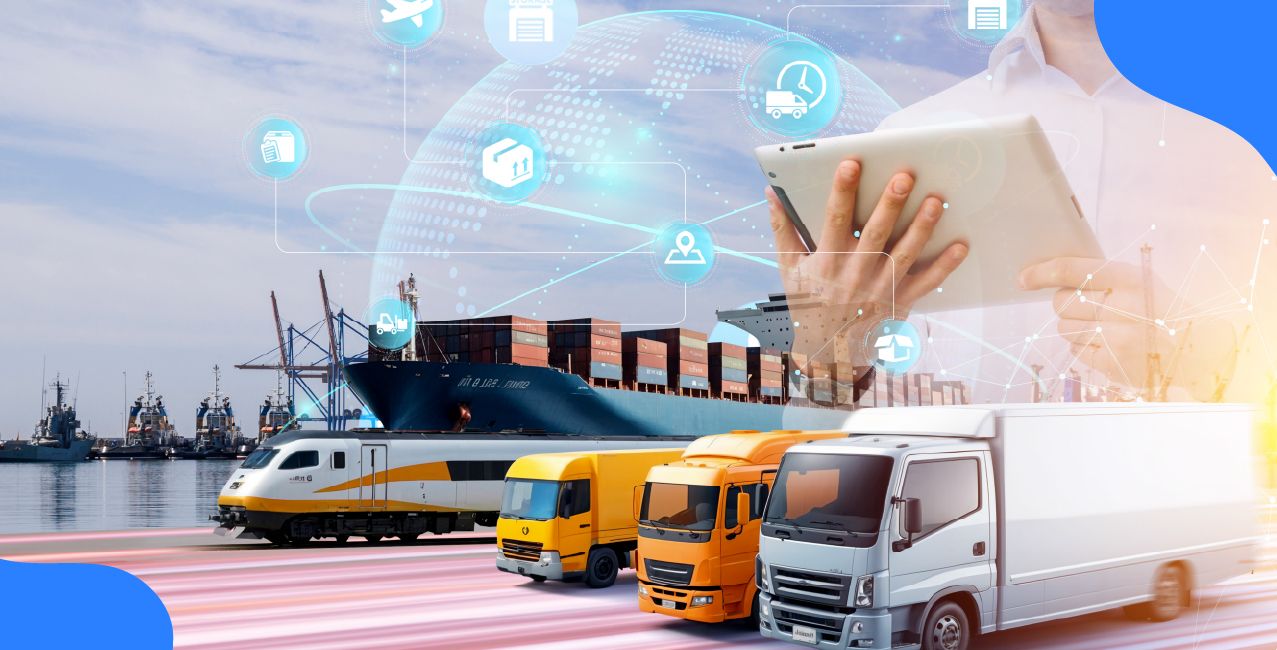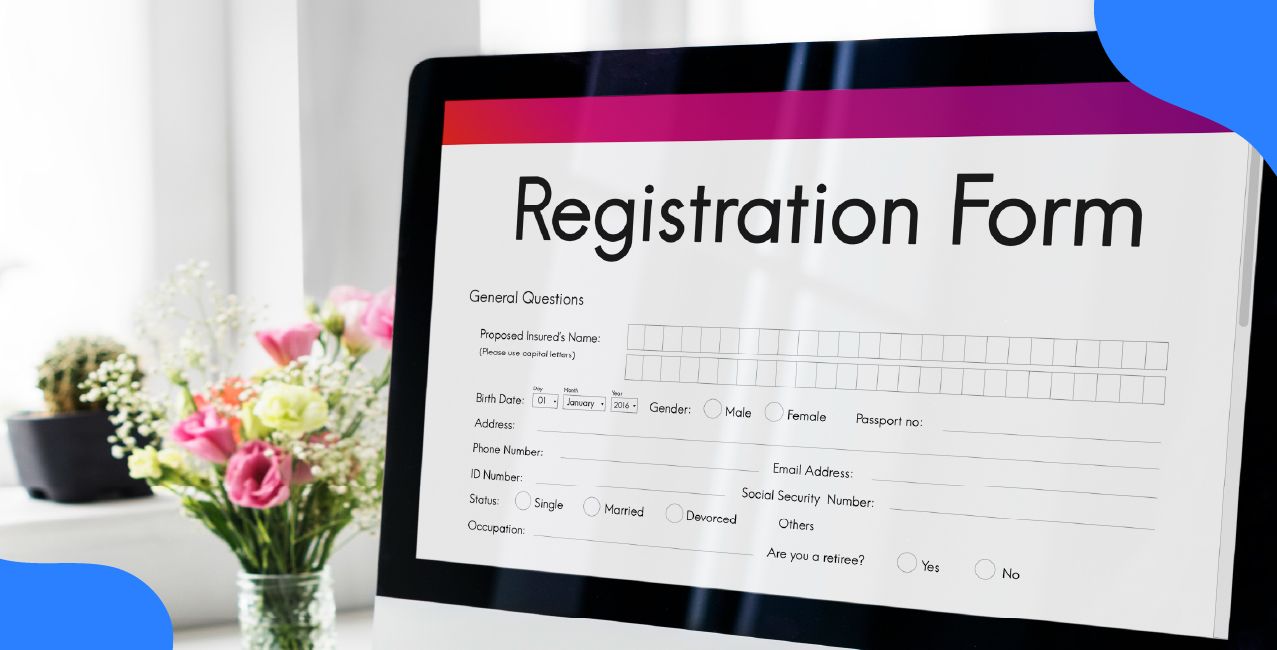
Author
LoansJagat Team
Read Time
6 Min
20 Sep 2025
GST on iPad – Current Tax Rate, Import Duty & Price Impact
Key Takeaways
- GST is a provision introduced by the government to replace the old rule, which includes multiple taxes like VAT, excise duty, and service tax. Under this provision, different items attract different rates, such as 0%, 5%, 12%, 18%, and 28%; some special rates like 3%, 1.5%, and 0.25% are also applicable to some specific goods.
- GST applies to the electronics items under this provision. So, according to the GST rule, an iPad falls under the category of 18% GST, so anyone who is purchasing an iPad is liable to pay 18% GST along with its cost (this GST rate remains the same all over India).
- If you are an individual who is buying an iPad for personal use, then you cannot claim input tax credit (ITC) on it, but if you own a business and are buying it for your business needs, then you can claim input tax credit (ITC) on it.
GST, or Goods and Services Tax, is a single indirect tax applied on the supply of goods and services in India. It replaced a complex system of multiple taxes like VAT, excise duty, and service tax.
Since April 1, 2020, mobile phones in India have been taxed under GST at a flat rate of 18%, whether it is a smartphone, feature phone, iPad, or Android tablet.
Suppose Ankit is a young entrepreneur from Hyderabad who buys an iPad for work to manage client meetings, designs, and emails. The iPad costs ₹75,000 (excluding tax). As per GST rules:
So, Ankit will pay a total of ₹88,500 to buy an iPad. Since the iPad is used strictly for business and Ankit is GST-registered, he can claim ₹13,500 as Input Tax Credit (ITC) while filing GST. That means this amount gets adjusted against his GST liability.
Through this blog, we shall examine the GST framework as it applies to iPads, including its salient features, relevant HSN classification, and the manner in which Input Tax Credit may be availed.
Key Features Of GST
GST is a uniform tax that applies across the country and covers iPads under the electronics category. The following table highlights its important features:
The above-mentioned table shows how GST has reduced complexity in tax compliance. At the same time, it also shows the importance of correct invoices and compliance while purchasing high-value items like iPads.
GST Rate On iPads In India
As per GST rules, iPads are classified as portable automatic data processing machines, not as mobile phones. The government has fixed the GST rate on iPads at 18%. This has simplified taxation but also raised the final prices of iPads.
Kritika is a fashion designing student and needed to buy an iPad to make fashion illustrations. She compared prices at different stores and e-commerce websites and finally chose an iPad costing ₹68,000. She went to the store to buy the iPad, and the final bill came to her as a surprise:
She was shocked that she needed to pay ₹80,240 for the iPad, for which she had made a budget of ₹68,000 only; now she needs to exceed her budget due to the GST. The seller explained to her that the GST is a government-imposed tax and applies equally across all brands and states.
Bonus Tip: GST on iPads is 18%, but the same rate also applies to services like AppleCare+, iCloud storage, or Apple Music. Many people do not realise that GST applies not only to the iPad itself but also to the digital services used on it.
HSN Code Of iPads In India
Every product under GST is classified with an HSN (Harmonised System of Nomenclature) code. This ensures the correct tax rate is applied. iPads fall under the category of automatic data processing machines. The following codes apply to iPads:
These codes need to appear on invoices, and if a wrong code is mentioned, then it can create issues for you in claiming ITC. If you apply the right HSN code, then you can make compliance easier for your business, and it will help you to avoid complications during audits.
Input Tax Credit (ITC) On iPads
When businesses use iPads for official purposes, they can claim the GST paid during the purchase of the iPad as input tax credit (ITC). If your business wants to recover the GST paid through ITC, then it needs to meet the following important conditions:
- The product should be solely meant for business, excluding personal use.
- The seller must be GST-registered.
- Businesses must provide a GST invoice with the GSTIN.
- The seller is required to file GST returns timely.
If you recall Ankit’s earlier purchase of an iPad worth ₹88,500, the amount of ₹13,500 paid as GST does not remain a sunk cost; instead, he becomes eligible to offset it by claiming input tax credit for business use.
How GST Affects The Final Price Of iPads In India?
GST directly impacts the retail cost of iPads by adding 18% to the base price. As you have seen in the case of Ankit, that iPad priced at ₹75,000 attracted ₹13,500 as GST, and made a total of ₹88,500.
This tax is included in the purchase price for consumers, making electronics more expensive compared to the pre-GST era. Businesses may manage this through Input Tax Credit, but individual buyers bear the full cost
Consequently, GST not only standardises taxation across states but also increases the upfront expenditure for high-value items like iPads, influencing buying decisions.
Conclusion
Under India’s GST framework, iPads are classified within HSN codes 84713090 and 84714190; they attract a uniform tax rate of 18%, which places them firmly within the standard electronics taxation category.
GST pushes up the final price for the individual customers, but companies can claim the tax as Input Tax Credit, which helps them cut down their net cost of the device.
To ensure compliance with GST provisions, businesses must possess a valid tax invoice and apply the appropriate HSN code without error.
FAQs
1. Which electronics have 28% GST?
Luxury items such as high-end air-conditioners, large televisions above 32 inches, and premium projectors attract 28% GST.
2. Which items have 12% GST?
Products like mobile chargers, processed food items, and certain medicines generally fall under the 12% GST bracket.
3. Which goods have 0% GST?
Essential commodities such as fresh vegetables, milk, cereals, and even educational books fall under the 0% GST bracket; this ensures that these everyday necessities remain affordable and free from indirect tax burdens.
4. Who bears the burden of GST?
The final consumer bears the burden of GST, as businesses collect the tax and pass it on to the government.
5. Which product has the highest tax in India?
Luxury cars and tobacco products carry the highest tax, which reaches up to 28% GST plus additional cess.
6. Can I register multiple businesses under one GSTIN?
Yes, you can register multiple businesses under a single GSTIN provided they are located within the same state.
7. Can I cancel my GST registration?
Yes, you can apply for cancellation of GST registration if your business closes, changes ownership, or no longer meets the GST criteria.
About the Author

LoansJagat Team
‘Simplify Finance for Everyone.’ This is the common goal of our team, as we try to explain any topic with relatable examples. From personal to business finance, managing EMIs to becoming debt-free, we do extensive research on each and every parameter, so you don’t have to. Scroll up and have a look at what 15+ years of experience in the BFSI sector looks like.

Quick Apply Loan
Subscribe Now


